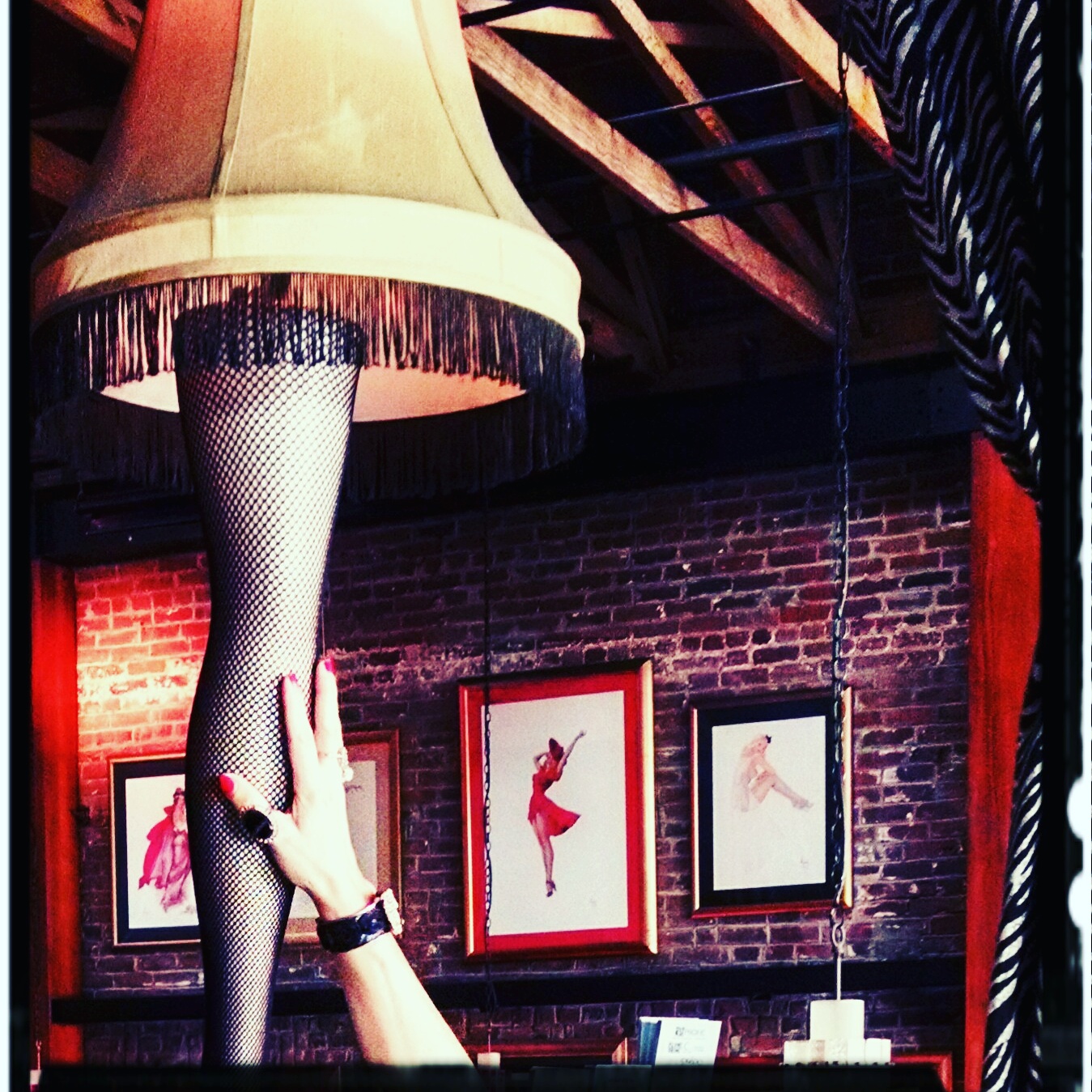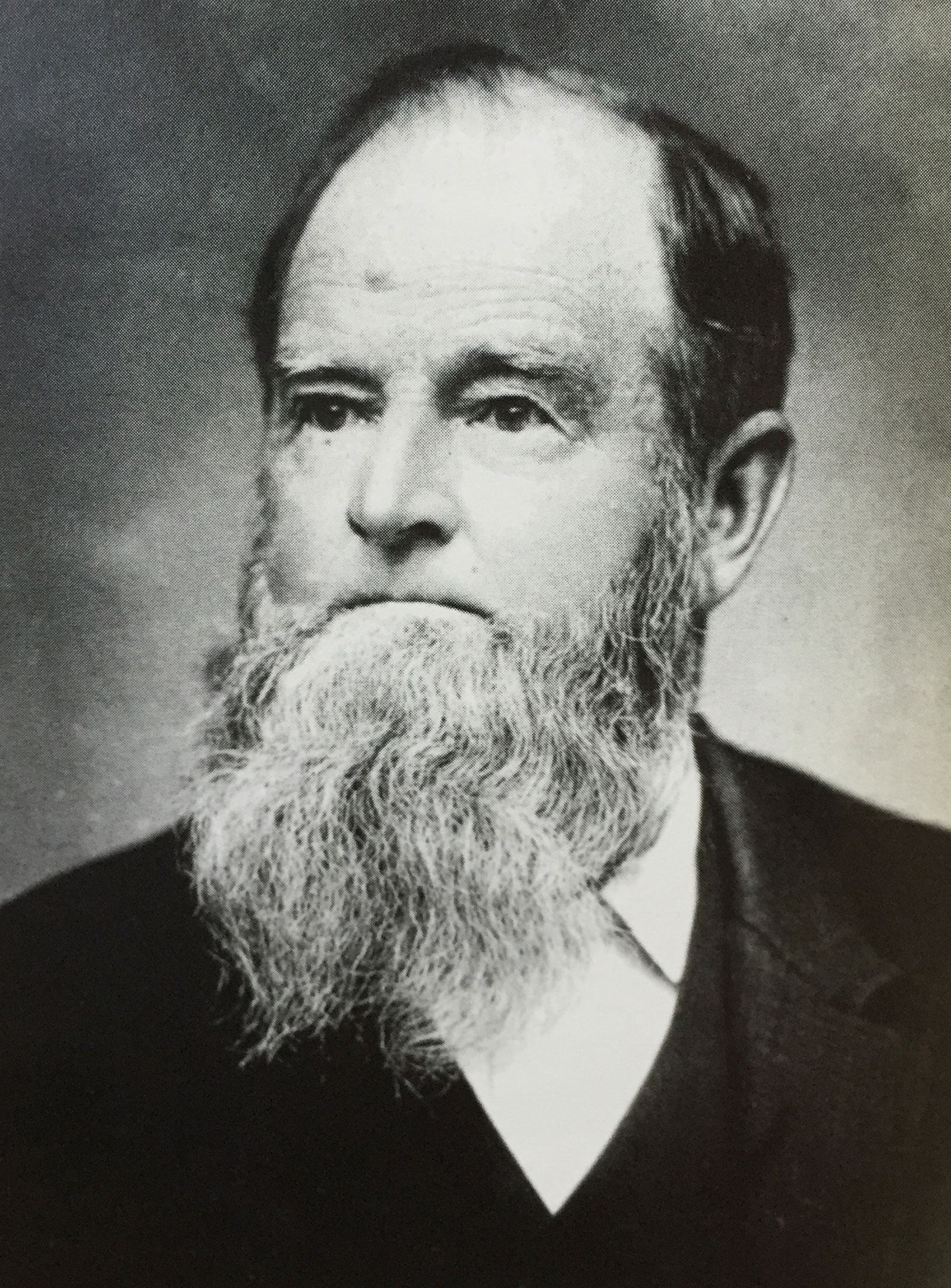 Chances are good, the Gaslamp Quarter's founding real estate developer, San Franciscan transplant Alonzo Horton, was probably on the hunt for the same things, sans the free parking. Like all wise civilizers, Horton understood development along the water was optimal and set out to establish a thriving metropolis. Others had tried, and failed: notably, fellow San Franciscan, William Heath Davis.
Chances are good, the Gaslamp Quarter's founding real estate developer, San Franciscan transplant Alonzo Horton, was probably on the hunt for the same things, sans the free parking. Like all wise civilizers, Horton understood development along the water was optimal and set out to establish a thriving metropolis. Others had tried, and failed: notably, fellow San Franciscan, William Heath Davis.
In 1850, Davis moved his family down from the northern Bay Area and into a "pre-framed lumber salt box house" on the San Diego Bay, one of San Diego's first residences. Davis attempted to build a waterfront town and began to develop land at the foot of what is today Market Street. Unlucky in the financial markets, an economic downturn that year drained Davis and halted his expansion. Soon, the proposed town was home to only a few fishermen, srcub oak and a lot of rabbits. So many so, San Diego earned itself the moniker of Rabbitville.
Fourteen years later, along came Mr. Horton, with better luck and deeper pockets. In a whirlwind of planning and expansion, 1867 - 1869, Horton buys nearly 1,000 acres along San Diego's waterfront, builds a wharf at the end of what he names 5th Avenue and, on March 24, 1869, sells $5K worth of commercial and residential lots in what he named, Horton's Addition ... today's Gaslamp Quarter. Within another year Horton builds a bank and the city's first pubic theater: a 400-seat lecture hall called, what else? Horton's Hall. (Today, San Diego Convention Center has Hall H, the venue for Comic-Con's most coveted and celebritous panels and screenings. Hall H seats 6,500.)
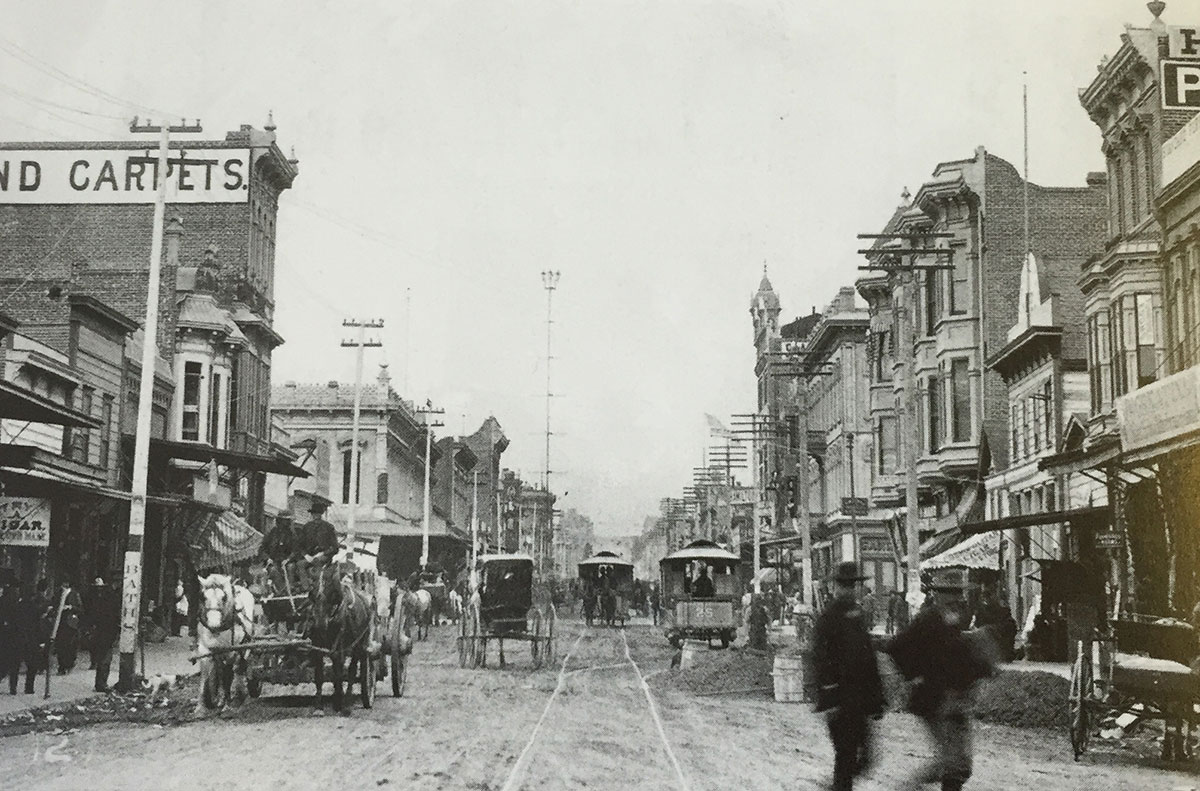
Wise civilizers also know, where there is prosperity and progress, there will come riff-raff. San Diego was (is) no exception. Waterfront boom and growth attracts not only the prosperous, but the downtrodden. Where do both ends of this social spectrum meet? In gambling parlours and bordellos, of course.
By the 1880s, as San Diego real estate tentacled north and east from Horton's Addition. The area below Market Street - the heart of today's Gaslamp - fell into gradual abandonment. The hip, wealthy and beautiful Victorians were moving to more luxurious and verdant communities like Banker's Hill, Cortez Hill and the quiet lots surrounding the, relatively new, Balboa Park. What was left in the Gaslamp comprised of mostly immigrants, family businesses, manufacturing, shipping, gambling and prostitution. The swath of land directly below the once-desirable Market Street became a redlight district known as Stingaree: a euphemism based on the profusion of stingray in the bay, and the after effects of patronizing Gaslamp girls. It is said you could be stung as badly in the Stingaree as you could in San Diego Bay.
Until 1912, when a police raid shut down the redlight district, the Stingaree was home and hovel to more than 350 girls working some 130 bordellos, including the then-mayor's favourite: Madame Ida Bailey's Canary Cottage, a pristine, yellow home with a white, picket fence, located at 530 4th Avenue. If men got too much sting at Madame Ida's, watering holes like First and Last Chance Saloon, Old Tub of Blood, and Legal Tender kept them drunk enough to be comfortable. If they had any cabbage left after the madams and the barkeeps, Gaslamp gambling halls were aplenty; some are rumoured to have been owned by Wyatt Earp. Interestingly, once the police raid wiped the streets clean of dirty girls, the U.S. Navy moved its West Coast liberty port from San Diego to San Francisco, based on a 779 to 17 vote taken by sailors aboard warships in 1913. Plenty of dirty girls up there, no doubt. Your Taft tax dollars at work.
1920 proves vital for San Diego's growing, Chinese population. The Chinese Benevolent Society is built "to protect the interest of all Chinese citizens in San Diego". Though they built much of the West Coast, laid the railroads bringing so much of America to the West, and worked the businesses and lands up and down California, the Chinese were oft treated with disdain and discrimination, including limited legal rights, like being disallowed to testify in court against a white man or woman. The Chinese Benevolent Society still stands today at 428 3rd Street and serves as a social place for myriad, Chinese holiday celebrations.
Like any metropolis, San Diego has wended through hills and valleys of prosperity, degradation, depression, restoration and gentrification. In the 1980s, many of the dilapidated, Victorian buildings were proffered new life as the Gaslamp Quarter was placed on the National Registrar of Historic Places (1980). In 1982, proprietors and landowners formed the Business Improvement District (BID) and christened the Gaslamp Quarter Association (GQA) "to protect and promote the historic district".
In 1990, the now-famous, Gaslamp Quarter Archway was built and erected by Pacific Sign Construction, Inc. and funded by redevelopment funds, managed by the former Centre City Development Corporation. The Archway cost $150,000 and weighs six tons.
Of course, waaaaay back in 1970, a twee gathering of thirty dorks (30!!!) met at the US Grant hotel to discuss, trade and buy comic books: baby's first Comic-Con. If you haven't endured enough history herein, enjoy my brief history of SDCC ... when you've finished here, of course!
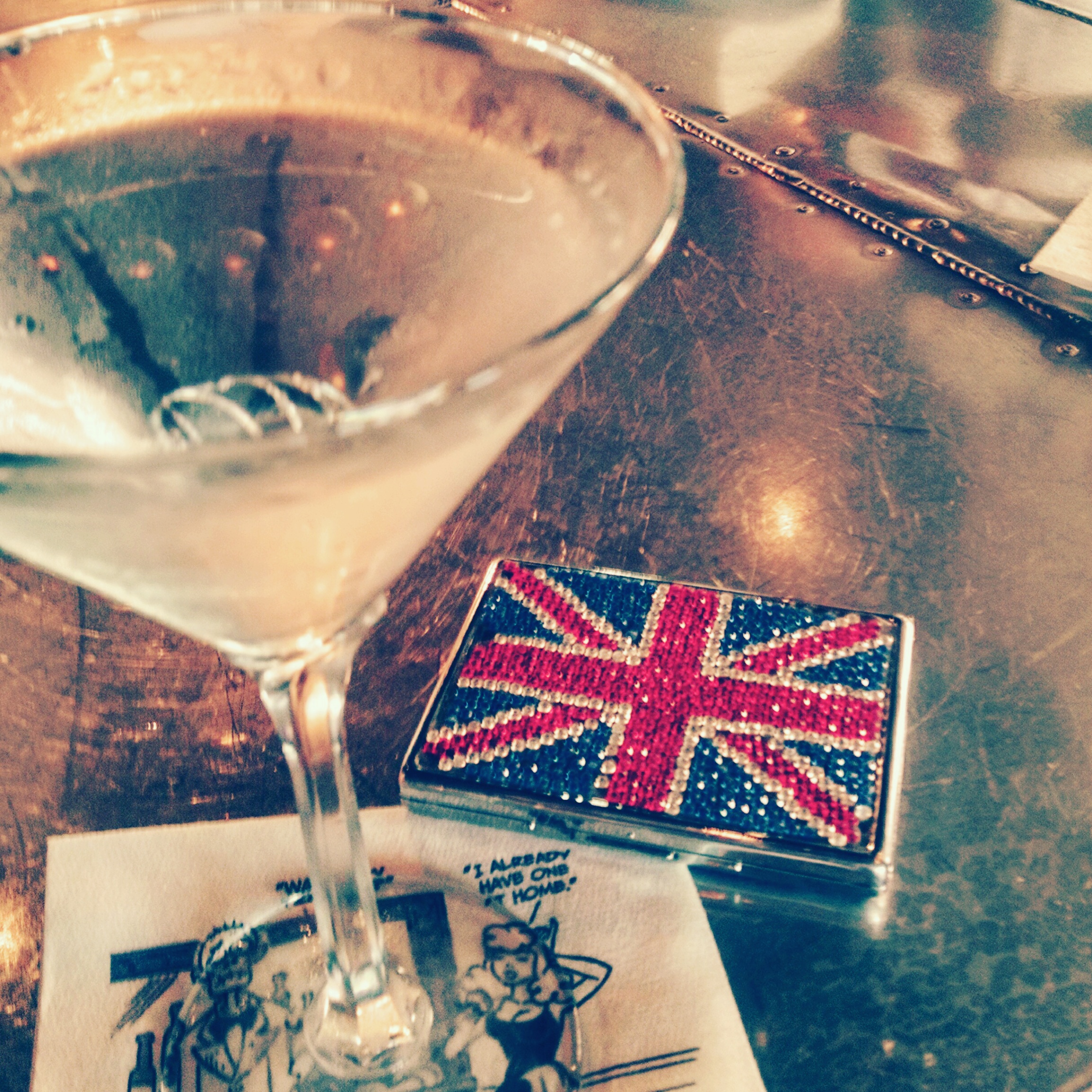
Like Alonzo Horton, you'll likely find a good martini (best at Lou & Mickey's), only a slightly obstructed sunset (there are a lot more folks here than in 1867) and fat chance with free parking (Comic-Con or any time of year).
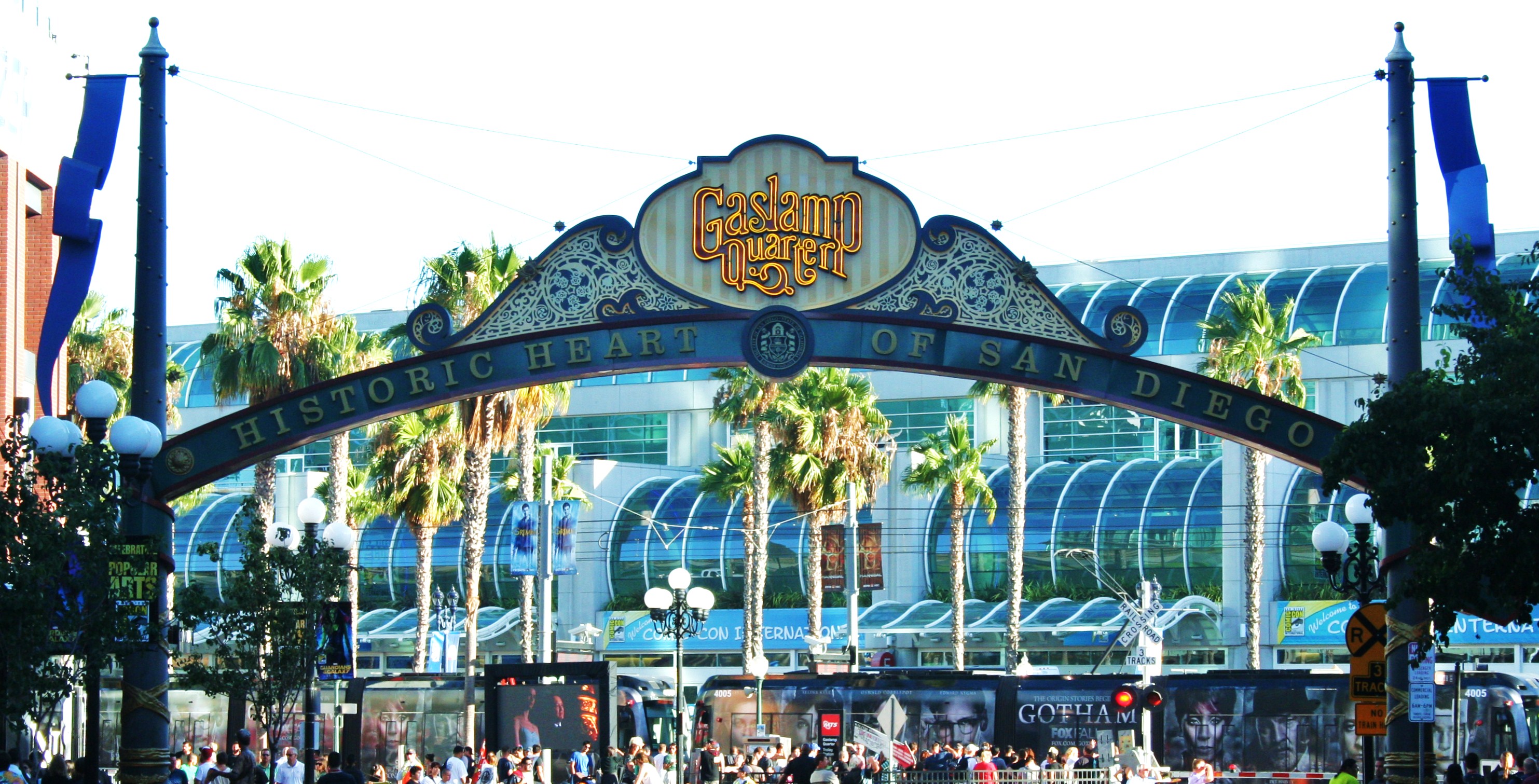
The Gaslamp Quarter has successfully transformed into a premier shopping, dining, and entertainment neighborhood. With over 200 restaurants, bars, nightclubs and lounges, boutiques, art galleries, and shops to peruse, the Gaslamp Quarter has established itself both as the playground of hip, eclectic San Diegans and as an elite urban destination, or so boasts Gaslamp Quarter online.
 Can't make it to Comic-Con? Don't be sad! JennyPop's got you covered! All the dorky fun rages July 19 - July 23, 2017. For full posts, detailed accounts and, possibly, her Souvenir Book article, bookmark @JennyPopCom Twitter and Insta for all the in-depth, geeky, good times.
Can't make it to Comic-Con? Don't be sad! JennyPop's got you covered! All the dorky fun rages July 19 - July 23, 2017. For full posts, detailed accounts and, possibly, her Souvenir Book article, bookmark @JennyPopCom Twitter and Insta for all the in-depth, geeky, good times.
For up-to-the-moment action, Con-floor pix, JennyPop's IMHO snippets and this year's cosplay with cohort Eslilay Evoreday (as Archer's Lana Kane and Pam Poovey) follow @JennyPopCom on both Twitter and Insta! This is how you get ants! Don't care to go to the Con, but want to check out the Gaslamp during the zoo? Plenty to do in what S.D. Mayor Kevin Faulconer calls the Comic-Con Campus!
Aside: Will JennyPop's seventh official SDCC Souvenir Book article be published? We shall see! Past published pieces include The Simpsons, Catwoman, Hellboy, Peanuts, Tarzan and Archie Comics. Read them all here!
Abyssinia at the Con, kids!
Follow @JennyPopCom Twitter and Insta


